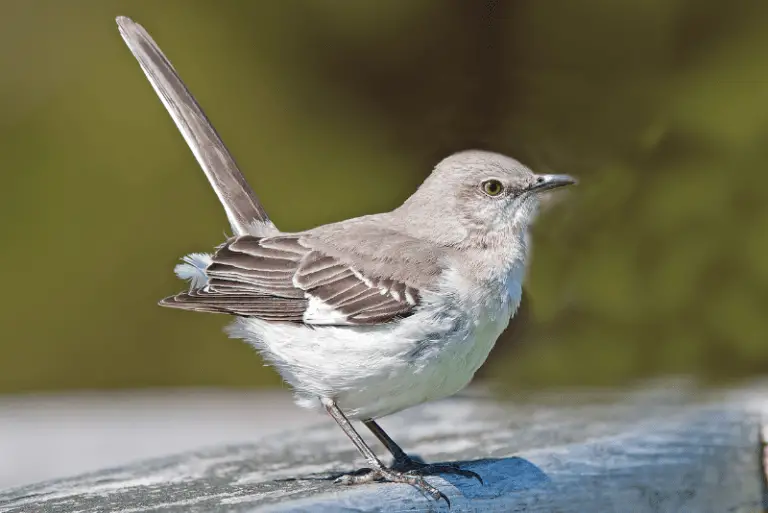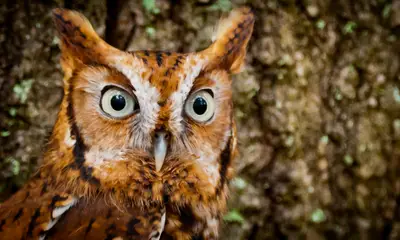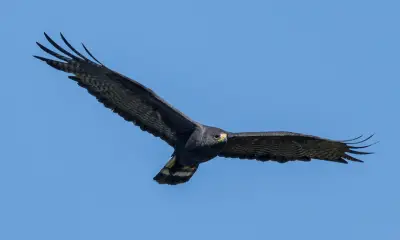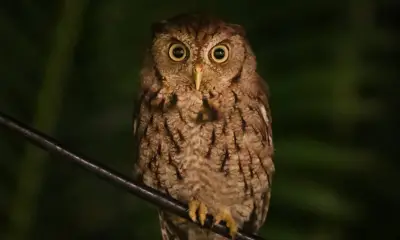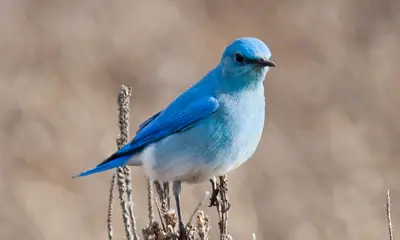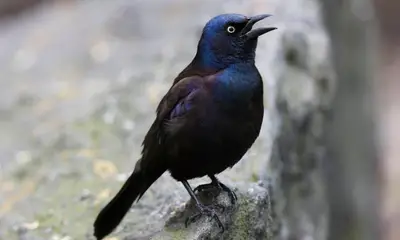Oriole birds in Florida
3 Types Of ORIOLE BIRDS In Florida (ID Guide With Photos)
Did you recently come across an oriole in Florida, and want to know what species it was?
Identifying orioles in the Sunshine State is not as easy as it might seem, since there are several oriole species in Florida.
To help you identify the bird you saw, we’ll cover the most common orioles of Florida in this article.
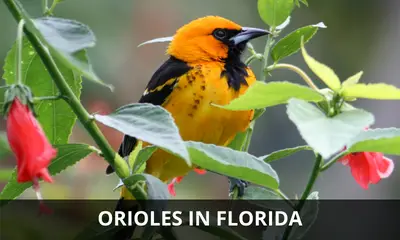
What are the types of oriole birds in Florida?
The 3 types of orioles found in Florida are:
- Baltimore Oriole
- Orchard Oriole
- Spot-breasted Oriole
While one of these orioles is a year-round resident in Florida, the other two are seasonal birds that occur either as summer or winter visitors in the state (more on that below).
Now let’s dive into the details, and take a closer look at each of these orioles:
Baltimore Oriole
Scientific name: Icterus galbula
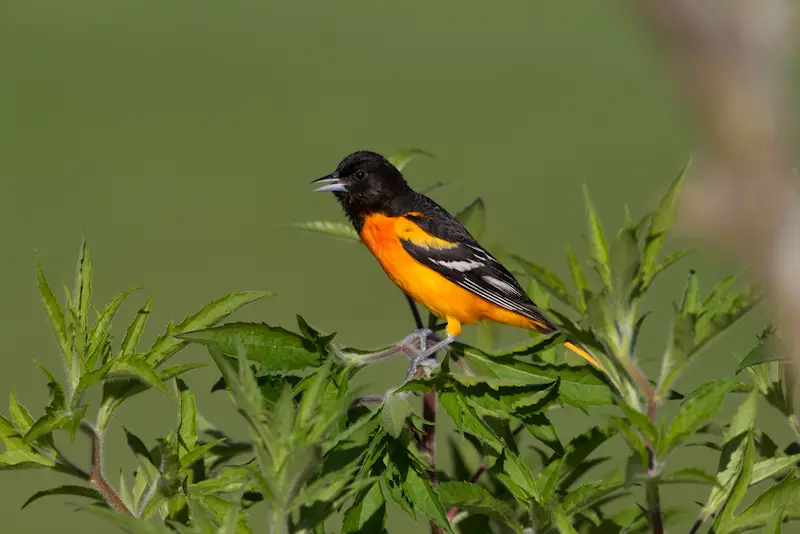
While the Baltimore Oriole doesn’t breed in Florida, it winters in the Sunshine State from October to April, and is common throughout the state at this time of the year.
This oriole is a wonderful singer that is more frequently heard than seen. Adult males have a conspicuous combination of flaming orange and black with white wing bars.
Females and immatures are much more drab, and have a brownish yellow coloration. Females also lack the black coloration.
Baltimore Orioles are readily attracted to feeders that contain orange halves, grape jelly, or nectar.
And similar to Orchard Orioles, parents bring their recently fledged young to a nearby feeder.
It favors open spaces such as yards, parks, and woods, and frequently comes back to the same location year after year.
Keep an eye out for Baltimore Orioles in deciduous forests, but not in dense woods. You may encounter them in places like open forests, forest margins, orchards and even backyards.
Due to the fact that they forage high in trees in search of insects, fruit, and flowers, these orioles are more often heard than seen.
A great way to attract Baltimore Orioles to your backyard is by planting fruit-bearing plants, such as berries and apples, or nectar-bearing flowers that act as natural food sources for these beautiful birds.
Related: The black birds of Florida
Orchard Oriole
Scientific name: Icterus spurius
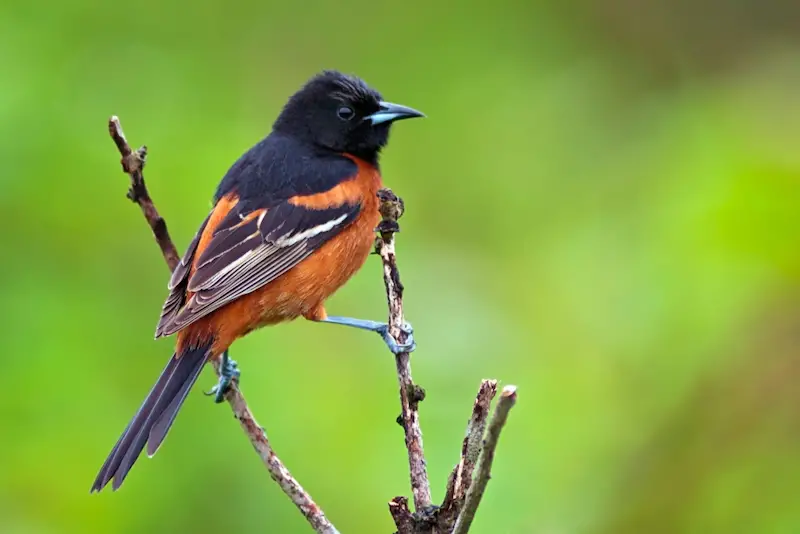
The Orchard Oriole is the most common oriole species breeding in the state of Florida, although its breeding range is restricted to the northern parts of the state and the Florida Panhandle.
However, during the migration season in fall and spring, it is also commonly seen throughout the entire state.
This oriole got its name from its preference for open woods and orchards, where it forages in the dense foliage of trees, and can be hard to spot due to this behavior.
Males are a dark orange color with a black head, as well as a black throat, upper back, wings, and tail.
In contrast, females have mostly dull yellow plumage with black wing tips. Young males resemble females in color, and gradually become more and more black over their first two years.
Early in the summer, these orioles feed on insects, but later it will switch to eating wild fruit as they become mature.
After their young have fledged, parent Orioles will bring them to feeding stations (especially if you have a nectar feeder.
Some people mistakenly believe that these orioles have departed since they do not see them at their feeders during the peak of the summer.
However, the orioles are still present nearby, but are simply focused on catching insects to bring back to their nestlings.
The Orchard Oriole is one of the birds that arrives late in spring and is one of the first ones to leave quite early in fall.
Spot-breasted Oriole
Scientific name: Icterus pectoralis
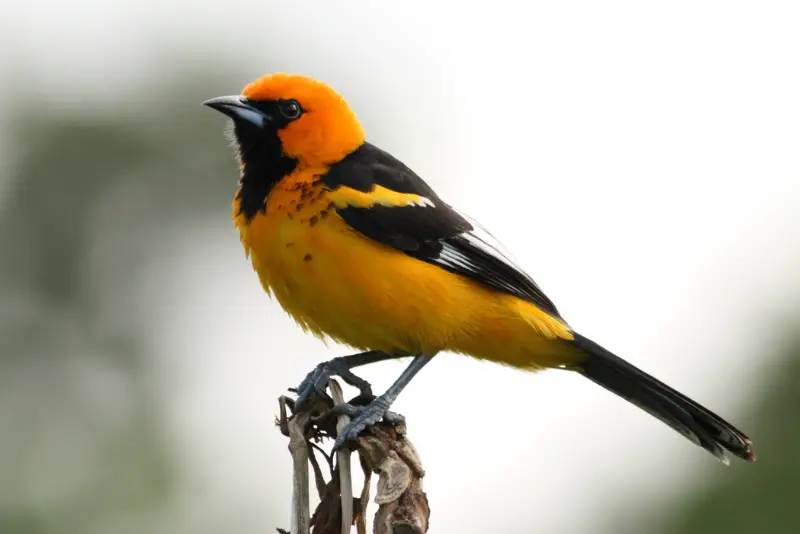
The Spot-breasted Oriole is originally native to southern Mexico, but was accidentally introduced by humans to the Miami area of south Florida in the 1940s.
These exotic birds have managed to take hold and thrive in a small area of southeast Florida, and are relatively common in several counties in the area around Miami.
Both sexes of the Spot-breasted Oriole look alike and are bright yellow and black. The rump, belly and head are orange-yellow, while the back and the wings are black.
In addition to a black throat, they also have varying degrees of black spotting on the breast, which explains how they got their name.
Similar to several other oriole species, both the males and the females sing in order to claim their territory and defend it from other Spot-breasted Orioles.
However, the song of the female is a little different from that of the male, and has a simpler melody.
This oriole is a year-round resident in Florida, and feeds on a diet of insects, ripe fruits, and flower nectar.
Since they are originally tropical birds, this explains why they haven’t expanded their range outside of south Florida, as they can’t survive in areas with cold temperatures.
The tropical plants found in the gardens of south Florida seem to provide an ideal habitat for these exotic orioles, as well as several other tropical species that have been introduced over the years.
If you’re interested to learn more about birds that have been introduced to Florida, check out our article on the parrots of Florida.
Conclusion
And there we have the orioles found in the state of Florida.
New World orioles belong to the genus Icterus, and few people know that they are actually more closely related to New World blackbirds than they are to Old World orioles (even though they look more similar to the latter).
While most species of orioles have a tropical or subtropical range, North America currently has 8 species of breeding orioles, with the largest number of oriole species found in Texas.
Interestingly, in many oriole species both the male and the female sing in order to defend their territory against other pairs.
The varied habitats of Florida are home to more than 500 different species of birds, and orioles make up a significant proportion of this rich avifauna.
These stunningly colorful birds play a vital role in the ecology of their habitats, and were first described in North America by the famous ornithologist William Swainson.
If you enjoyed this article, check out our guide to the most common birds in Florida.

